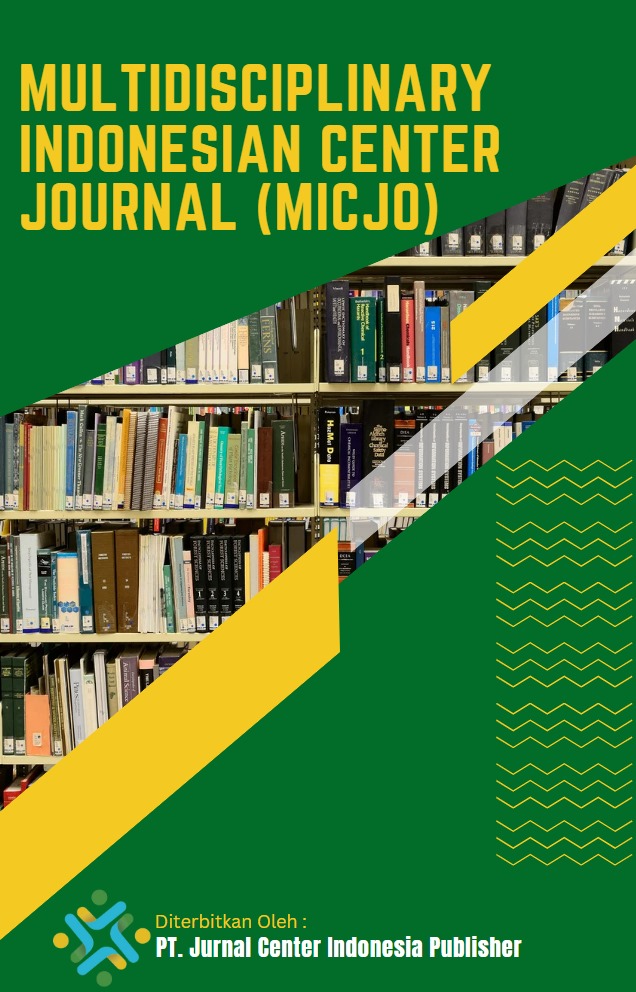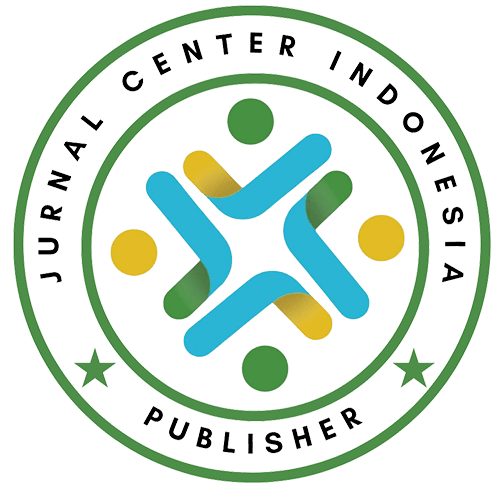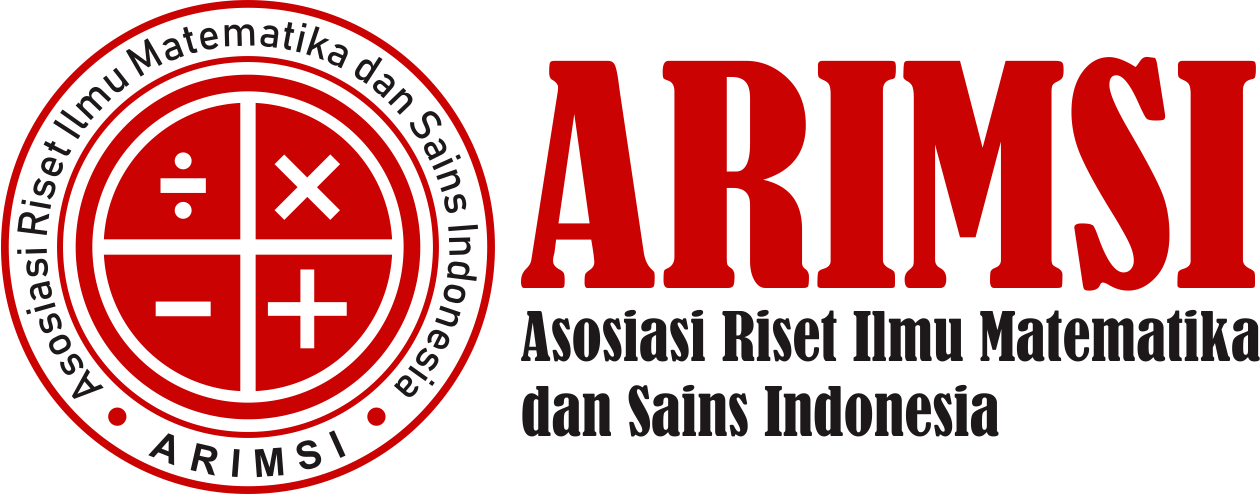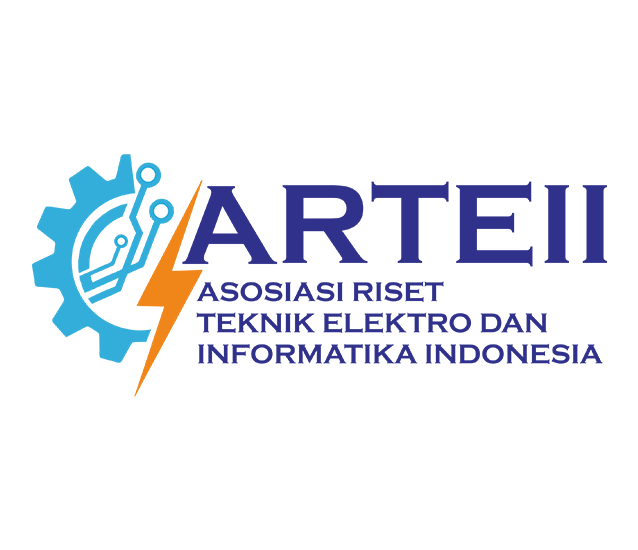COMPARISON OF ERYTHROCYTE SEDIMENTATION RATE (ESR) VALUES USING EDTA AND 3.8% SODIUM CITRATE ANTICOAGULANTS
DOI:
https://doi.org/10.62567/micjo.v2i4.1390Keywords:
Erythrocyte Sedimentation Rate, EDTA, Sodium Citrate 3.8%, AnticoagulantAbstract
Laju Sedimentasi Eritrosit (LED) merupakan salah satu pemeriksaan hematologi yang banyak digunakan sebagai indikator nonspesifik untuk mendeteksi peradangan atau penyakit tertentu. Jenis antikoagulan yang digunakan dalam sampel darah dapat memengaruhi hasil LED. Penelitian ini bertujuan untuk mengetahui perbedaan nilai LED antara sampel darah vena yang menggunakan antikoagulan Asam Etilendiamintetraasetat (EDTA) dan antikoagulan natrium sitrat 3,8%. Penelitian ini merupakan penelitian deskriptif kuantitatif dengan metode total sampling yang melibatkan 33 responden di Laboratorium Patologi Klinik Politeknik Indonusa Surakarta. LED diukur menggunakan metode Westergren standar, dan data dianalisis menggunakan uji Wilcoxon. Hasil penelitian menunjukkan nilai LED rata-rata pada sampel dengan antikoagulan EDTA adalah 18 mm/jam, sedangkan pada sampel dengan natrium sitrat 3,8% memiliki nilai rata-rata 14 mm/jam. Hasil uji Wilcoxon menunjukkan adanya perbedaan yang bermakna (p = 0,000; p < 0,05), sehingga menunjukkan bahwa jenis antikoagulan berpengaruh secara bermakna terhadap hasil LED. Secara keseluruhan, EDTA cenderung menghasilkan nilai LED yang lebih tinggi dibandingkan dengan natrium sitrat 3,8%. Temuan ini menekankan pentingnya pemilihan antikoagulan dalam pengujian LED dan menekankan perlunya standardisasi dalam praktik laboratorium. Penelitian lebih lanjut direkomendasikan untuk membandingkan antikoagulan lain dan mengevaluasi metode LED otomatis guna mendapatkan wawasan yang lebih komprehensif.
Downloads
References
Nazarudin, M., Maulida, R., & Haitami, M. (2019). The Effect of Centrifuge Vibration on the Results of the Blood Depository Rate (LED) Examination. Journal of Medical Laboratories, 3(1), 10–14.
Rahmawati, C., Aini, & Ramadanti. (2019). Effect of 10% EDTA and 3.8% sodium citrate anticoagulant dose on blood sedimentation rate examination. Journal of Health Scientific Research and Review, 5(1), 79–85. www.lppm-mfh.com
Wahab, I. (2020). Borneo Journal of Medical Laboratory Technology Borneo Journal of Medical Laboratory Technology. Journal of Medical Laboratory Technology, 2(2), 148–154.
Wenty, D., & Umar, A. (2024). Profile of Blood Sedimentation Rate ( LED ) Results in Diabetes Mellitus Patients at Bahteramas General Hospital, Southeast Sulawesi Province Profile of Blood Sedimentation Rate ( ESR ) Results in Diabetes Mellitus Patients at Bahteramas General Hospital , Southeast Su. 7(8), 2865–2870. https://doi.org/10.56338/jks.v7i8.5967
Aisyah Hakim, F., Hidayati, S., & Widodo, R. (2024). Comparison of automated ESR using K3EDTA and manual Westergren method with sodium citrate. International Journal of Laboratory Hematology, 46(2), 211–218. https://doi.org/10.1111/ijlh.14231
Hardyansa, D., Suryani, T., & Wahyuni, R. (2020). Comparison of erythrocyte sedimentation rate using sodium citrate 3.8% and dextrose 5%. Jurnal Analis Kesehatan, 9(1), 15–22.
International Council for Standardization in Haematology (ICSH). (2017). ICSH recommendations for measurement of erythrocyte sedimentation rate. International Journal of Laboratory Hematology, 39(6), 559–565. https://doi.org/10.1111/ijlh.12741
Lestari, D., Nugroho, A., & Pratiwi, Y. (2021). Comparison of ESR results using EDTA and sodium citrate anticoagulants in menstruating women. Jurnal Teknologi Laboratorium Medis, 10(2), 87–94.
Nazarudin, M., Maulida, R., & Haitami, M. (2019). Effect of centrifuge vibration on erythrocyte sedimentation rate (ESR) examination results. Jurnal Labora Medika, 3(1), 10–14.
Nazarudin, & Kartika Sari, L. (2021). Effect of dilution on EDTA blood samples for erythrocyte sedimentation rate results. Indonesian Journal of Clinical Laboratory Science, 13(1), 44–50.
Rahmawati, C., Aini, & Ramadanti. (2019). Effect of 10% EDTA and 3.8% sodium citrate anticoagulant doses on erythrocyte sedimentation rate examination. Jurnal Penelitian dan Kajian Ilmiah Kesehatan, 5(1), 79–85.
Rahayaan, H. S. (2022). Comparison of erythrocyte sedimentation rate values using EDTA and sodium citrate. Jurnal Laboratorium Kesehatan, 6(1), 22–30.
Safiuddin, A., & Ramadhani, R. (2020). Clinical utility of erythrocyte sedimentation rate in monitoring inflammatory diseases. Clinical Pathology and Laboratory Medicine Journal, 3(4), 176–182.
Salim, F., & Gunawan, H. (2018). The effect of hematocrit and plasma proteins on erythrocyte sedimentation rate. Medical Laboratory Technology Journal, 4(1), 33–40.
Singh, A., & Kumar, R. (2019). Role of erythrocyte sedimentation rate in inflammatory and autoimmune diseases. Indian Journal of Hematology and Blood Transfusion, 35(3), 408–415. https://doi.org/10.1007/s12288-019-01165-5
Smith, J., & Brown, K. (2018). Erythrocyte sedimentation rate and its relevance in modern clinical practice. British Journal of Haematology, 182(4), 471–478. https://doi.org/10.1111/bjh.15432
Sudarmo, H., & Wulandari, E. (2020). Comparison of erythrocyte sedimentation rate results using EDTA and sodium citrate anticoagulants. Jurnal Analis Kesehatan Indonesia, 9(2), 66–73.
Wahab, I. (2020). Clinical significance of erythrocyte sedimentation rate in diagnostic medicine. Borneo Journal of Medical Laboratory Technology, 2(2), 148–154.
Wahyuni, S., & Hasanah, R. (2021). Evaluation of anticoagulant effects on hematology testing results. Journal of Clinical Laboratory Analysis, 35(12), e24089. https://doi.org/10.1002/jcla.24089
Wenty, D., & Umar, A. (2024). Profile of erythrocyte sedimentation rate results in patients with diabetes mellitus at Bahteramas General Hospital, Southeast Sulawesi. Jurnal Kesehatan Sultra, 7(8), 2865–2870. https://doi.org/10.56338/jks.v7i8.5967
World Health Organization. (2019). WHO guidelines on standardization of hematology laboratory methods. Geneva: WHO Press.
Yuliani, D., & Putri, N. (2020). The effect of anticoagulant type on erythrocyte sedimentation rate results. Jurnal Teknologi Laboratorium, 8(2), 55–60.
Zhang, L., Chen, Y., & Liu, Q. (2022). Comparative study of erythrocyte sedimentation rate using different anticoagulants in clinical laboratory practice. Frontiers in Laboratory Medicine, 5(3), 144–151. https://doi.org/10.1016/j.flm.2022.06.004
Downloads
Published
How to Cite
Issue
Section
License
Copyright (c) 2025 Eka Evan Supriyanto, Emma Ismawatie, Yulita Maulani

This work is licensed under a Creative Commons Attribution-ShareAlike 4.0 International License.

























